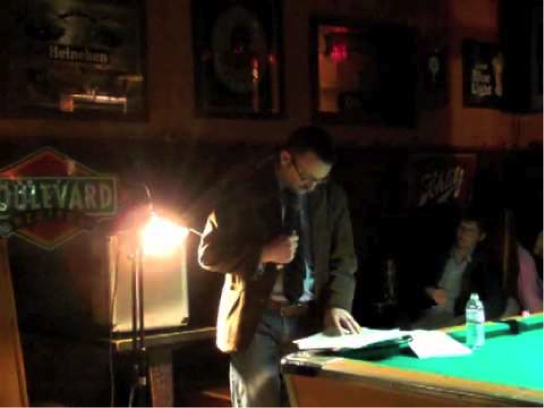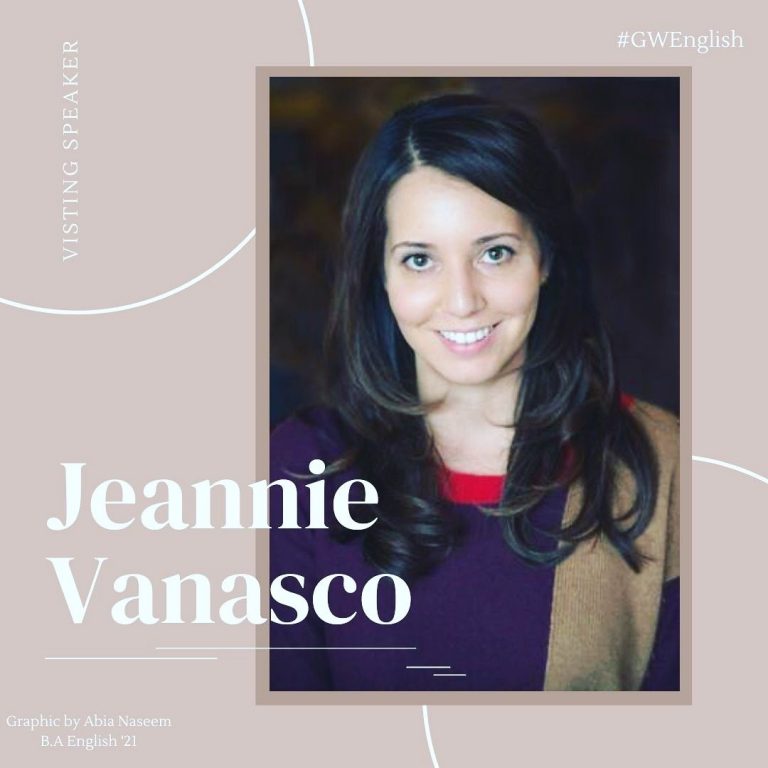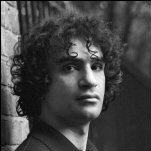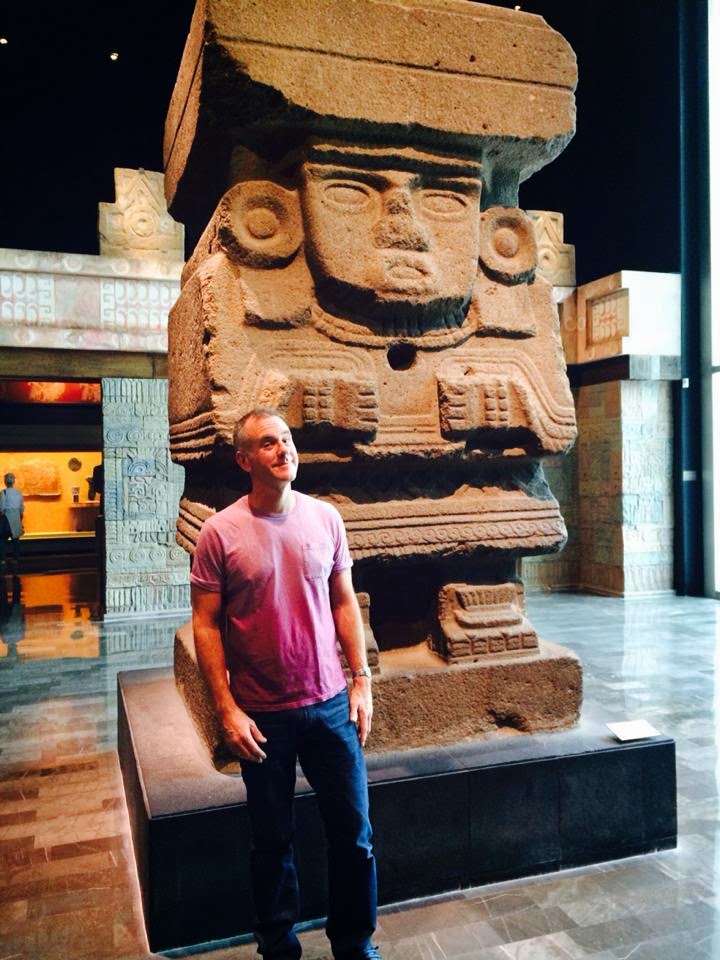Poem of the Day: Geoffrey Nutter’s “Ghosts”


Jeannie Vanasco is the author of memoirs, Things We Didn’t Talk About When I Was a Girl (2019) and The Glass Eye(2017). Vanasco visited Professor Page’s class, American Memoir, after they had read her memoir, The Glass Eye, whichexplores her grief for her late dad and his grief for his late daughter, Jeanne. She shared with students her process, ethos,…

Ararat Wrapped in gold foil, in the search and shouting of Easter Sunday, it was the ball of the princess, it was Pharoah’s body sleeping in its golden case. At the foot of the picket fence, in grass lank with the morning rain, it was a Sunday school prize, silver for second place, gold for…

Below is the reprinted version of an article, originally appearing on the CCAS’ Featured Stories page on April 5th, 2018, written by the English Department’s own, Professor Daiya. Read below to learn about the amazing success she had when she re-imagined one of her courses that inserted her student’s voices into public conversations about issues they are passionate…

Waimea community mural depicting first Poynesian explorers coming to Kaua’i. Photo: Sharon Snyder As Fall Semester 2014 is about to kick off, GW English is happy to revive its “On the Road” series, which keeps you apprised of faculty research and exploration around the world. We kick off the series this year with a posting…

To commemorate our GW-British Council Writer in Residence, the British Council is generously providing a substantial book fund. Nadeem Aslam has drawn up a list of contemporary British fiction he would like to see in the Gelman Library purchased through this fund. Here it is: Haunts of the Black Masseur – Charles Sprawson Redundancy of…

Professor McRuer in Mexico’s Museo Nacional de Antropología It’s hard to believe that it’s already mid-August and that classes at The George Washington University start one week from Monday. Our faculty has been far and wide this summer and, indeed, you should watch this blog in the days ahead for news of all the projects…